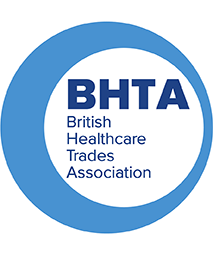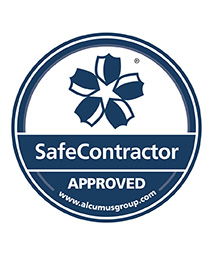Pressure ulcers can develop rapidly given the right conditions.
Not all risk factors can be controlled. However, the key risk factors affecting the individual should be taken into account as part of a pressure ulcer prevention strategy.
Preventive measures should include:
- Risk assessment to identify key risk factors that put the individual at higher risk of pressure ulcer development
Risk assessment may involve the use of a scoring system eg. Waterlow, Braden, or Glamorgan scales or a system for colour (RAG) rating risk eg. Purpose T.
Whichever system is in use, it is important to ensure that it is not used in isolation but supports clinical & holistic assessment of the person and their needs and preferences.
- Frequently assessing skin for early signs of damage
People who are able to do so should be shown how to check their skin for any signs of damage
Carers can also be shown how to inspect the skin and what to look for
Early signs of skin damage may include discomfort, redness, or a change in colour to the skin. This may be more difficult to assess in dark skin tones
- Use of equipment that reduces pressure
Inflate and deflate to redistribute pressure
Static Viscoelastic (memory-foam) mattresses/cushions which conform to the shape of the body to distribute pressure evenly.
Positioning devices – these may include slide sheets for repositioning, and devices suitable for heels, etc. to remove all pressure from the heel and facilitate healing
- Keep the person moving as much as possible. Regular movement helps redistribute pressure
For those at risk of pressure damage, changes in position should be made at least every 4 hours
For those at high risk of pressure damage changes in position should be made at least every 6 hours
Even small changes in position are really important to reduce the risk of damage
This should be discussed with each person on an individual basis, and agreement on the frequency of repositioning should be recorded
Repositioning frequency may need to be increased if skin assessment shows any increased vulnerability
People who cannot reposition themselves need assistance to do so.
This repositioning should be done throughout the day and night.
- Use barrier creams and appropriate containment products (eg. Continence pads) for those with bladder or bowel issues that lead to frequent episodes of wet or soiled skin
Barrier creams should be dimethicone based products rather than oil-based products
A thorough continence assessment should be undertaken to establish the most appropriate containment products for the person.
- Ensure access to a healthy diet and adequate fluid intake to keep the skin nourished and hydrated
For more information about Harvest Healthcare please click here
For more news please visit our Twitter
Or follow us on LinkedIn


